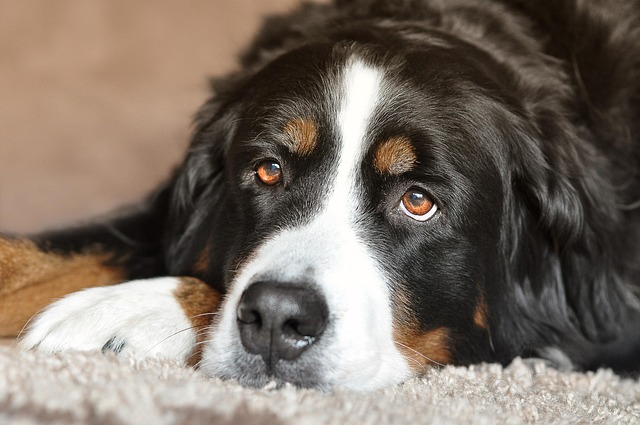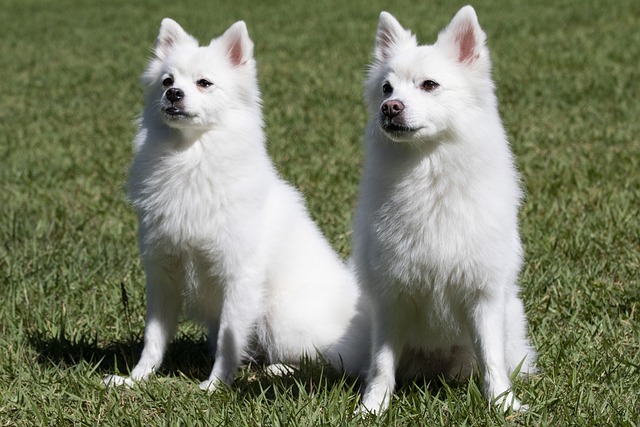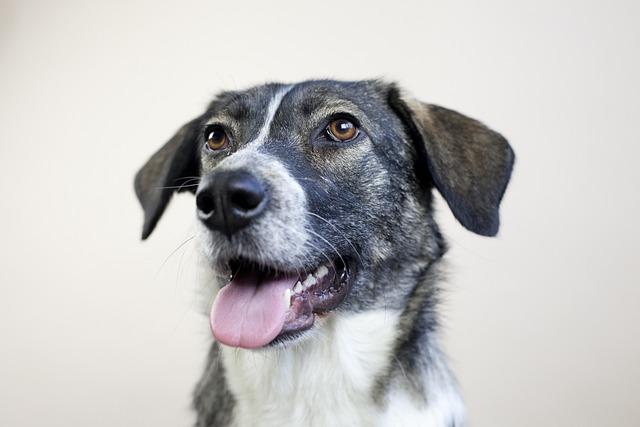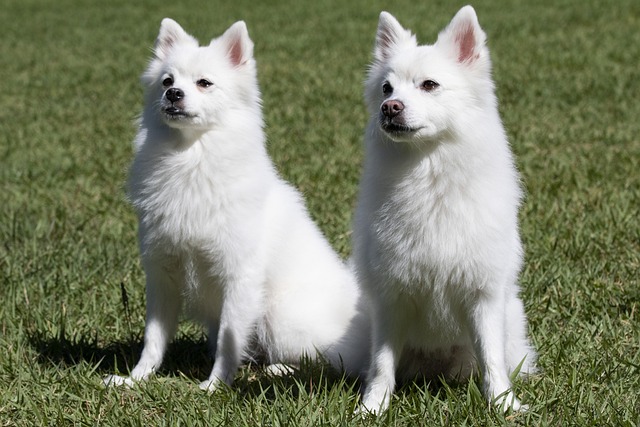
Symptoms and Treatment of Canine Coronavirus
Canine coronavirus often flies under the radar until it hits a household, catching even seasoned dog owners off guard.
Noticing a bit of brown buildup on your dog’s teeth or catching a whiff of something less than fresh when they yawn? You’re likely dealing with the early stages of canine tooth decay, a common issue that’s about more than just aesthetics—it’s a genuine health concern. While the term "cavity" is less common in dogs than in humans, plaque and tartar accumulation leads to periodontal disease, which can cause pain, tooth loss, and even allow bacteria to spread to the heart and kidneys. The goal isn't just to "get rid" of existing decay; it's to manage it professionally and then implement a strong preventive routine. It all starts with a fundamental truth: you cannot effectively treat significant decay at home. Your first and most critical call is to your veterinarian.
The science behind this is straightforward. Plaque, a sticky film of bacteria, hardens into tartar (calculus) within days. This tartar digs under the gumline, creating inflammation (gingivitis) and eventually destroying the structures that hold the tooth in place. This painful process is what we call periodontal disease. You can’t simply brush away tartar; it’s a concrete-like substance that requires professional scaling with specialized tools, a procedure almost always done under anesthesia. This allows for a thorough cleaning below the gumline and a complete oral examination, including dental X-rays, which are vital for assessing the health of the tooth roots and jawbone, areas you can’t see with the naked eye.

Your action plan begins with that professional veterinary dental cleaning. Think of this as a necessary reset button. After the procedure, your vet will send you home with a personalized plan, which is where your daily work begins. The gold standard for prevention is daily brushing with dog-specific enzymatic toothpaste—never use human toothpaste, as it contains ingredients like xylitol that are toxic to dogs. If your dog is resistant to brushing, which is common, incorporate approved dental chews that carry the Veterinary Oral Health Council (VOHC) seal. These chews are designed to mechanically scrub the teeth as your dog gnaws. For apartment-dwelling dogs with less space to run, these chews also provide valuable mental stimulation and help reduce boredom.
This commitment to your dog’s health seamlessly extends to your role as a responsible community member. A dog free from dental pain is a happier, more predictable companion, making positive reinforcement training techniques far more effective. Using a piece of their recommended dental chew as a reward after a successful training session or a polite walk reinforces good behavior without ever resorting to punitive measures, which are culturally frowned upon and can damage your bond. And speaking of walks, while you’re focusing on what goes into your dog’s mouth, remember your responsibilities outside. Always carry waste bags and clean up immediately in your neighborhood or local park; this is a common legal requirement across U.S. cities and a basic sign of respect for your community. Combining proactive health care with conscientious ownership ensures your dog is thriving both inside and out.

Canine coronavirus often flies under the radar until it hits a household, catching even seasoned dog owners off guard.

Imagine you’re in a frigid Minneapolis morning, zipping up your parka while your 8-month-old Chihuahua mix, Lua, paws at the apartment door—excited for her walk

That moment your dog lifts a paw and whimpers during a chilly winter walk is a clear sign that the cold ground is more than just uncomfortable.

Imagine you’re in your Chicago apartment, sitting on the floor with your 1-year-old Corgi pup while they chew a rubber toy.

Finding your dog turning up its nose at dinner and then retching up a bright yellow fluid is enough to make any pet parent’s heart race.

Imagine you’re in your Los Angeles apartment, kneeling down to give your 1-year-old Bichon Frise a scratch behind the ears.